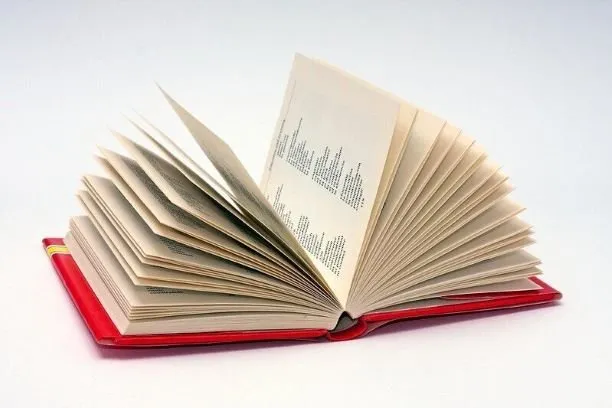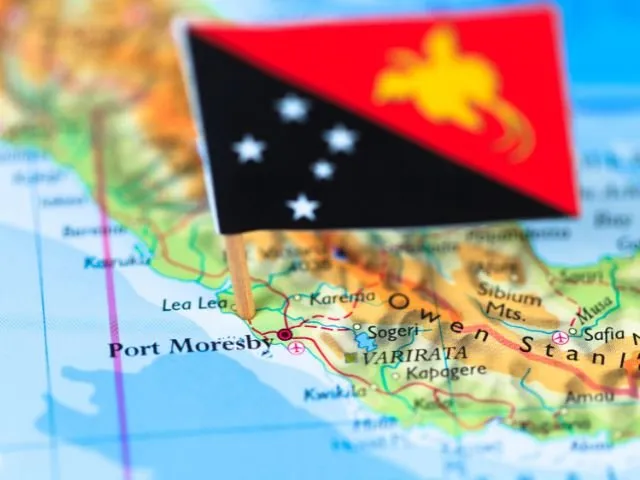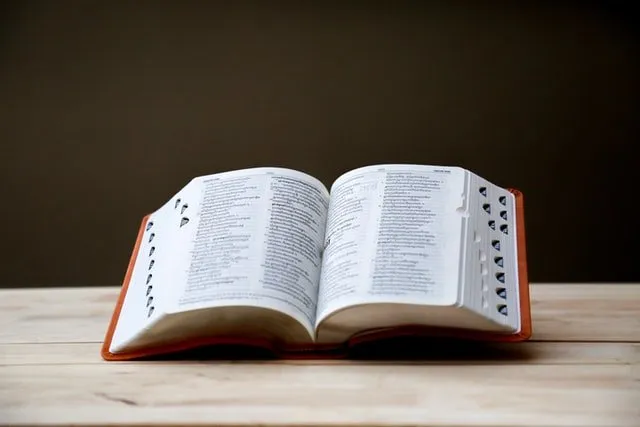The Many Languages of Papua New Guinea: A Linguistic and Cultural Treasure Trove
The Independent State of Papua New Guinea is a sovereign state in Oceania. The country is spread across the eastern part of the island of New Guinea, while the other half belongs to Indonesia. This island country also comprises some offshore islands and is the third-largest island country in the world. Its territory is 462,840 square kilometers (178,700 square miles), which is slightly larger than the state of California.
But, there’s something far more peculiar about Papua New Guinea, and that is the fact it has an incredible number of different actively used lingos. There are 839 indigenous living languages spoken in this country, making it the country with the most languages. It’s a remarkable number, considering that Papua New Guinea has a population of around 9 million people. Below, we’ll explain everything about dialects spoken by the Papua New Guinea people, their official language, and more.
History of Papua New Guinea & Its Languages
One of the reasons why this country is the second most linguistically diverse country (after Vanuatu) is the turbulent history of the country and the influence of numerous colonizers and wars throughout the years.
Before European colonizers came to Papua New Guinea, it was a peaceful country with indigenous people who were actively engaged in maintaining their small villages and communities. They were scattered around the country and went fishing and hunting for food.
Since the communities were isolated from one another by mountains and forests, each of them developed their own language and contributed to Papua New Guinea becoming one of the most linguistically diverse countries.
Once Europe started to colonize minor countries in the 19th century, they arrived at Papua New Guinea. It was the target of several of them. Initially, it was colonized by the Dutch, Spain, and Germany. Their dialects started to mix with Papua New Guinea languages, creating new variations and making strong influences on the existing ones.
The European missionaries who came to Papua New Guinea are partly responsible for the preservation of some of their indigenous languages. This is because they learned the local languages in order to translate their religious texts and bring them closer to the locals. This led to the written preservation of the indigenous tongues.
Then, in 1906. Papua New Guinea was conquered by Australia.
Papua New Guinea remained under Australian rule for nearly 70 years. It was administered as a territory and had started to develop economically and socially. English was introduced as Papua New Guinea official language. Unfortunately, WWII slowed down their growth, as some of the most intense fighting took place on this territory.
In 1975 the country gained independence from Australia and started to develop a system of its own, under which they function until this day. Today, Papua New Guinea is a developing country. Traveling to other countries is possible by sea and air. There are translation agencies that can help in case you need immunization translation for your travels in or out of this country.
Many of these indigenous languages are endangered today, as the number of their speakers decreased to a couple of thousands. In some cases, it’s down to a couple of hundred or less.
The Official Language of Papua New Guinea
With so many active dialects in this country, it’s hard to imagine there would be only one language used officially. Naturally, there’s more than one official Papua New Guinea language. In fact, there are three. Below, we’ll discuss which are the three official lingos in this country and how each one is used.
English.The first official language of Papua New Guinea is English. As mentioned above, it was first brought and introduced to the country with the Australian colonial rule. It remains strong to this day, and it’s being used for official business in education, government, and business. As the language of Papua New Guinea, many people consider it mandatory to apply for certain jobs, colleges, or important business positions. It’s considered a huge advantage if you have a high proficiency level in this tongue over the other ones.
Still, there are numerous efforts to strengthen other lingos over English and introduce it as the language of education. However, English remains strong as the primary official tongue of this country. For other dialects, people use certified online translation services for official business and find other ways to communicate with one another informally.
Tok Pisin.Tok Pisin is a Creole language, which means it was developed as a mixture of two or more lingos. In this case, during the colonial era, the locals and colonizers needed a language to communicate. Tok Pisin is primarily English-based, with a mixture of other indigenous languages of Papua New Guinea, especially Austronesian ones.
Today, it’s one of the most widely used languages of Papua New Guinea, with around 4.5 million people speaking it to some level of proficiency. More than 64% of Papua New Guinea people are literate in Tok Pisin. It’s especially used in informal settings by people of all social statuses and backgrounds. The name Tok Pisin derives from the English words ‘talk’ and ‘pidgin’, and the language is sometimes referred to as the New Guinea pidgin.
Hiri Motu.If you’re wondering what language is spoken in Papua New Guinea as the third official one, it is Hiri Motu. It is based on Motu, an indigenous language that was dominant in the region of the Gulf of Papua. Mixing it with English, and other local dialects, Hiri Motu was developed.
It is not as widely used as English and Tok Pisin, but it’s an important language for those parts of the country where it’s spoken.
Learn More About Translation Services
Other Languages of Papua New Guinea
Now that we know which country has the most languages, and we’ve covered the official languages of this country, it’s time to look at some of the other ones that are significant, interesting to mention, and important. Let’s answer the rest of the questions about the linguistic diversity of Papua New Guinea.
How many languages are spoken in Papua New Guinea?
A fascinating number of 839 dialects are actively used in Papua New Guinea. Some tongues are dominant, like the official languages we’ve mentioned, or other ones that have large communities of people using them.
Unfortunately, there are those whose number of speakers keeps decreasing from year to year. Some languages are down to less than one hundred speakers, and it’s predicted they might be lost forever in the near future.
What are the most used languages in Papua New Guinea?
When it comes to which tongues are the most used in the country, we've created a list to help you see the big picture. Some are used throughout the country, while some are just being used in certain regions.
Let’s break them down and see in which regions they are spoken the most.
- English - throughout the country
- Tok Pisin - throughout the country
- Hiri Motu - Gulf Province and the National Capital District
- Enga - Enga Province (Highlands region)
- Huli - Hela Province (Highlands region)
- Kuanua - Autonomous Region of Bougainville (North Solomons region)
- Kâte - Sandaun Province (Momase region)
- Melpa - Western Highlands Province (Highlands region)
- Kuman - Chimbu Province (Highlands region)
- Dobu - Milne Bay Province (Milne Bay region)
- Golin - Western Province (Fly region)
- Kilivila - Trobriand Islands (Milne Bay region)
- Southern Highlands - Southern Highlands Province (Highlands region)
- Orokaiva - Northern Province and Oro Province (Highlands region)
- Bislama - West New Britain Province and Manus Province (Islands region)
- Wahgi - Western Highlands Province (Highlands region)
- Yagaria - Sandaun Province (Momase region)
- Boikin - Sandaun Province (Momase region)
- Motu - National Capital District and Central Province
- Tolai - East New Britain Province (Islands region)
This linguistic diversity can make it hard to communicate on a global level in the country. This is especially the case for businesses. People need to hire a website localization agency to make their business visible to everyone in Papua New Guinea, not just the speakers of their native language.
Examples of Papua New Guinea languages
Since Papua New Guinea is on the list of countries with the most languages, there are numerous other classifications we can mention and look into.
It’s very important to understand that many languages spoken in this country are considered endangered. Typically, this is because of a few speakers and the fact that younger generations are learning other, more popular dialects instead of the languages of their ancestors.
This is why there are more than 100 languages that are on the verge of extinction. To prevent this, UNESCO is trying to preserve them and reduce the extinction rate. Some endangered dialects are Buang, Gey, Lore, Narak, Kaki Ae, and more.
Also, there are many sign languages used throughout the country. This means that even the Deaf community has a diverse linguistic system. The most popular ones are:
- Papua New Guinean
- Enga
- Adamorobe
- Hiri
The list can go on forever, but hopefully, we've helped you answer the question of what country speaks the most languages and see how many different types and categories there are. And, if you're trying to reach people outside the country, for instance, in Switzerland, you'd need to find an English to Swiss German translation for your business or personal needs.
Final Thoughts
The story of Papua New Guinea’s 839 languages is nothing less than fascinating. When we look at how many languages are there in the world, the number revolves around 7,000. That means that 12% of all languages are spoken in Papua New Guinea, even though its population is only 0.1% of the global world population.
The rich linguistic heritage is something the country is proud of and best known for. People are taking active steps to revive, preserve, and support all existing dialects and make sure they remain in active use for all future generations.



